Logitech G RS 50
Benefits
- Maximum torque 8 nm
- Aggressively priced for the power you develop
- Good build quality
Disadvantages
- More expensive base on Playstation than on other platforms
Our rating : 8.9/10
Logitech is clearly determined to get a good share of the Direct Drive base market. This began with the launch of the G Pro Racing Wheel, a DD base developing 11 nm of constant torque, putting it above the Fanatec CSL DD with boost kit, and just below the ClubSport DD in 12 nm of torque.
Logitech’s first DD base has positioned the brand in the middle of the sim-racing peripherals segment. It’s a segment that mainly attracts pilots with good sim-racing experience, but not necessarily those new to the discipline.
Seeing a gap in its new catalog, Logitech has developed the RS50, an entry-level Direct Drive base that develops 8 nm of torque, just like the CSL DD with boost kit. In what follows, we’ll try out this bundle and see what it’s got up its sleeve.
Main and technical features of the bundle
- Bundle available with base and steering wheel for PC/Xbox and PC/PS
- 8 nm max torque base
- Full metal structure for base and steering wheel (aluminum)
- Compatible with Logitech’s new ecosystem, including steering wheels
- TrueForce, an additional layer of feedback, especially for vibration
- 29 cm-diameter steering wheel with aluminum structure and TPU leather on the hoop
- Hub controls with 2 rear-mounted paddles and Logitech’s new Quick Release system
- Compatible with PC, Xbox and Playstation, provided you have the right equipment
- New RS Pedals 75 kg Load Cell crankset available
Design
As is our wont, we start with the design. The base is very nice, I must say, and very small compared to its big sister, the G Pro. The casing is entirely black, with a QR that tends towards dark gray. It’s really beautiful, with a slightly triangular shape I think. There are fins for cooling the electric motor, and connectivity at the rear, with a USB-C socket at last.
For the steering wheel, Logitech has introduced 3 new models to its catalog, but the most widespread will certainly be the round one. It’s 29 cm in diameter, with brushed aluminum on the faceplate and TPU leather on the hoop. I find the steering wheel hoop quite thick, which offers excellent grip, and frankly I prefer it to the other skinny ones you can find on the market.
Customized assembly
The wheel, or rather the hub at the base, is mounted using Logitech’s new Quick Release. It has to be said that the Swiss manufacturer has taken its time in bringing us wheels that are compatible with its competition-derived QR.
As for mounting the base to the furniture, this develops 8 nm, and a clamp is sufficient to hold everything in place. If you have a chassis, it’s mounted from the bottom on a kind of slide with nuts to position the whole thing. I find the RS50 assembly very easy to do, and it’s compatible with all chassis that have a bottom-mounted deck.
Manufacturing and finishing
Compared to Thrustmaster, Logitech is a premium player, and this also applies to the RS50. The base features an all-metal structure, which not only gives it a qualitative feel, but also helps cool the electronics and motor.
The steering wheel has an aluminum frame and brushed faceplate. The hoop is covered in soft, high-quality TPU leather, with black stitching on the inside. It’s beautifully finished, as were Logitech’s previous steering wheels. The brand manages to take care of its peripherals, without offering them at a high price.
As for the hub, it’s made of plastic, with a finish worthy of a premium brand. I didn’t notice any defects on it, or even on the other parts of the bundle, and the composite structure is not at all a weak point, as the base only develops 8 nm of torque.
And if you opt for the pedalboard, be aware that it’s based on a metal construction, with black elements, and is upgradable.
Handling the steering wheel
The wheel is 29 cm in diameter, with a thickness of 36 mm. As far as I’m concerned, I find this wheel very easy to grip, especially the handles. The buttons are located on the hub, and are close to your hands, making them easy to use in the middle of a race.
What’s more, the ergonomics are really well thought-out, with the rotary switches facing the steering wheel, not the rider. This frees up space on the faceplate, as well as improving ergonomics, since you don’t have to take your whole hand off the wheel to change settings in the middle of a race. All you have to do is lower your hand and turn the switches with your fingers. Simple, effective and ergonomic.
Sensations during play
So, how good is the RS50 with sim-racing titles? In a few words, it’s not bad at all. The base gear develops just the right amount of torque (8 nm), and doesn’t saturate quickly, at least not if you set it correctly. The motor is able to transmit virtually all the effects experienced by the car, such as bumps, track irregularities, vibrators and shocks, with good granularity.
Effects are present on all titles, some more than others. On Assetto Corsa Competizione, the RS50 proves to be a superb Direct Drive base, enriching your experience with numerous effects and feedback. This basically applies to most sim-racing titles, but there are a few things worth mentioning, not least the fact that the base always wants to send the wheels back to center, or spring effect as it’s known. I’ve noticed this mainly on GT7, and I don’t know if it’s specific to the title or the base/software, as I haven’t really felt it elsewhere. If in doubt, it’s likely that my experience with Fanatec’s GT DD Pro is a little biased as far as this remark is concerned.
As for the steering wheel, it’s rather small at 29 cm in diameter. Those accustomed to large wheels may have a little difficulty with this steering wheel, especially on GT-type titles. I’ve noticed that on rally titles, Logitech’s little wheel does very well on special stages. The controls are very close to you, which further enhances ergonomics.
Compatibility
For compatibility, Logitech offers 2 options: PC/Xbox, and PC/PS. For the former, the basis is identical, as Xbox compatibility is managed by the hub you’ll need to purchase if you’re on Microsoft’s console.
And if you have a Playstation, you’ll need to buy the base, which is specific to Sony’s platform, yet compatible with PC. There’s also a PS hub in Logitech’s catalog, but it’s mainly for taking over Playstation controls.
As for the pedalboard, simply connect it to the base and it will work natively with the platform of your choice.
Value for money
The RS50’s value for money is pretty good, especially if you’re a PC/Xbox user, and buy each piece of equipment separately. Strangely enough, Logitech’s bundle prices don’t match those of the stand-alone products.
Pedals + base + steering wheel + hub + clamp on Xbox/PC cost €720, and €800 on Playstation. On the other hand, if you take the bundles, it goes up to €800 for Xbox too.
My verdict
Logitech has been slow to come up with a logical sequel to its Direct Drive ecosystem, and I have to say that we’ve done well to wait for the RS50. It’s an excellent entry-level base in terms of power, offering very good driving sensations for sim-racing fans.
It’s a product I’d recommend to virtual racing enthusiasts, especially those who want something other than the well-known brands in the segment, such as Fanatec, Moza or Simagic. What’s more, the RS50 represents a premium alternative to Thrustmaster’s offering.


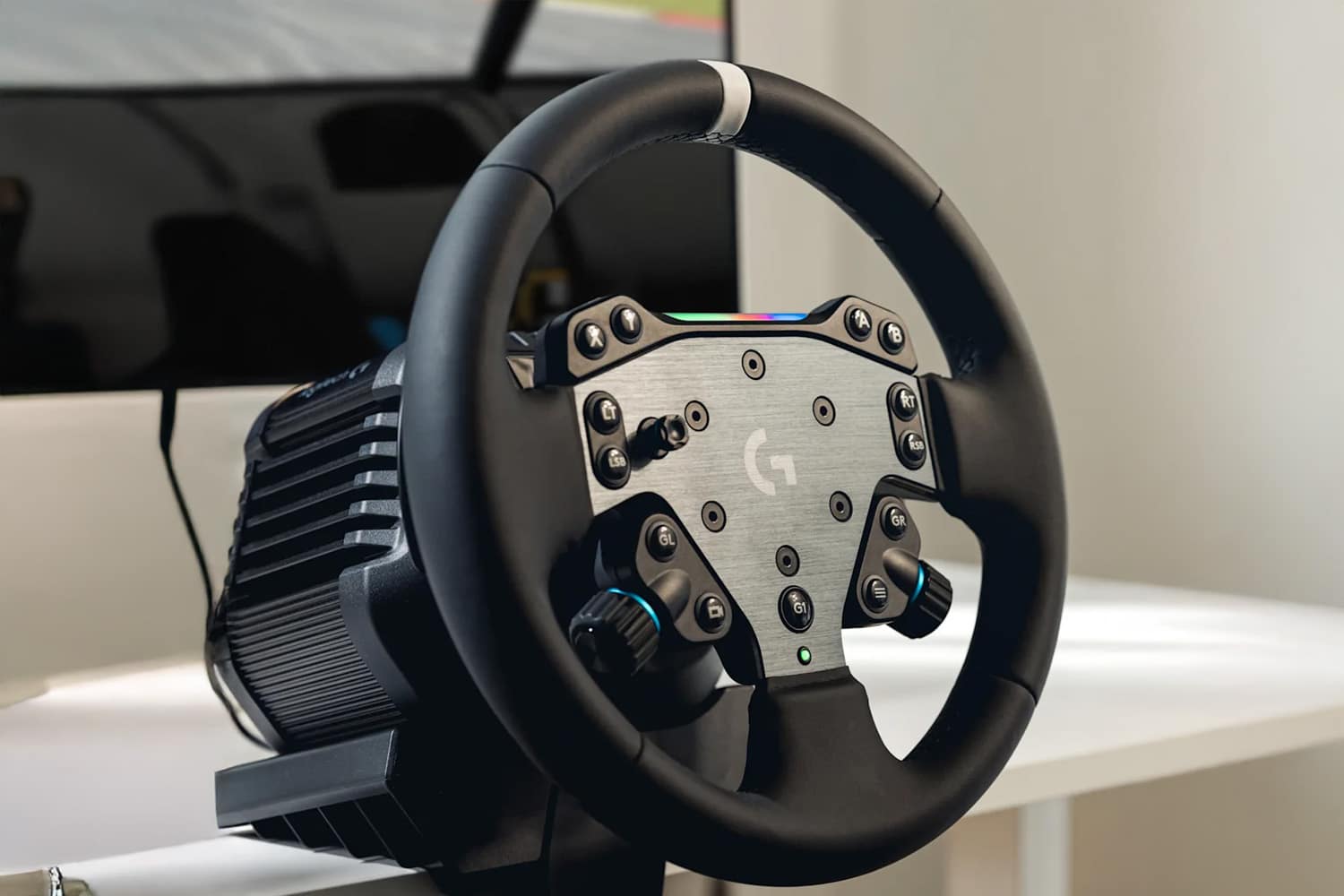



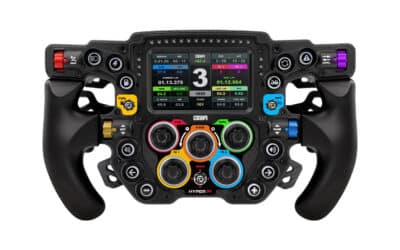
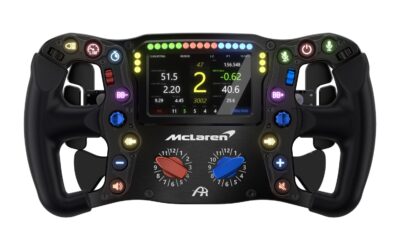
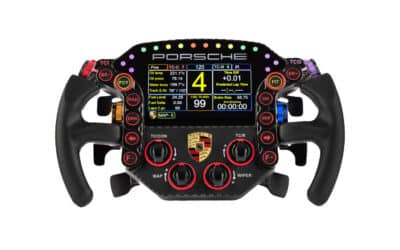
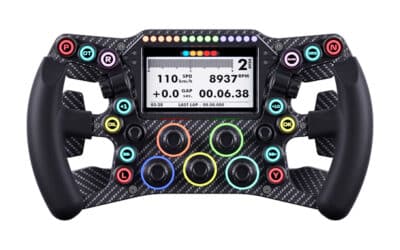

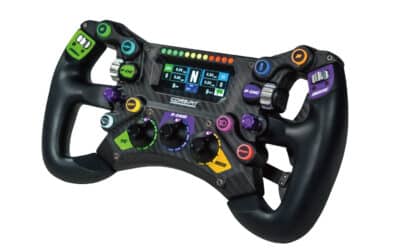
0 Comments